Why don't people appreciate science? Probably because the way we learn it in school should be much more enjoyable. Well, we're going to tell you one secret - science doesn't have to be boring! Even the most tedious science lessons can turn out to have a weird backstory which can amuse you and make your jaw drop. Accordingly, here are the top ten facts that will prove our science-can-be-interesting theory. So, join us in this scientific adventure and be ready for some mind-blowing facts.
10. Phytoplankton
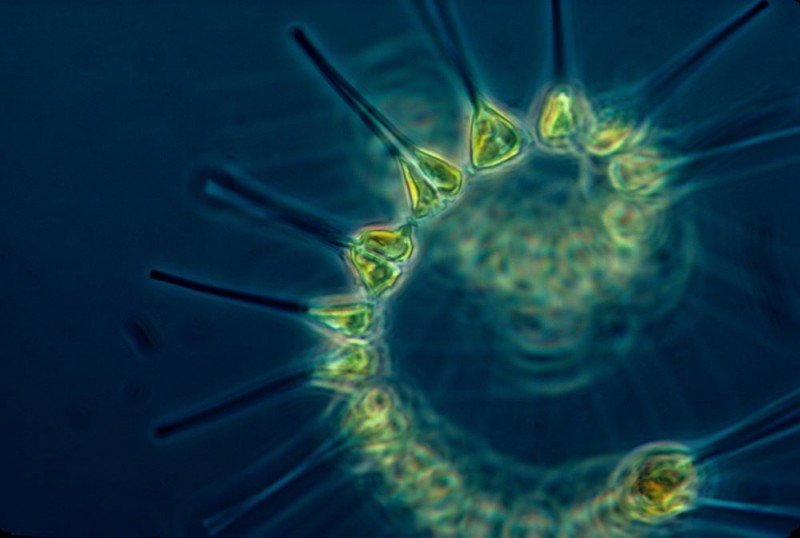 Phytoplankton can multiply over a few days or weeks (Photo: pixabay.com)
Phytoplankton can multiply over a few days or weeks (Photo: pixabay.com)We all hear about the Amazon forest and its importance to the air we breathe. Yet have you ever heard of Phytoplankton? This tiny aquatic plant produces enormous quantities of air via photosynthesis. Like their ground counterparts, they use sunlight and carbon to make food and release oxygen as a byproduct. Although occupying only 1% of the global plant biomass, they are accountable for more than half of Earth's oxygen. Those microscopic biotic organisms inhabit the upper sunlit layer called the euphotic zone of almost all Earth's water bodies, oceans, seas, and lakes, even the dangerous ones!
We can add that Phytoplankton is the primary food source for many sea creatures, among other fantastic accomplishments. Phytoplankton, also known as microalgae, is responsible for the blue-green coloration of freshwaters. Pretty impressive for a plant that most people didn't even hear about. Don't you think?
9. An Acid That's Strong Enough to Dissolve Even Stainless Steel
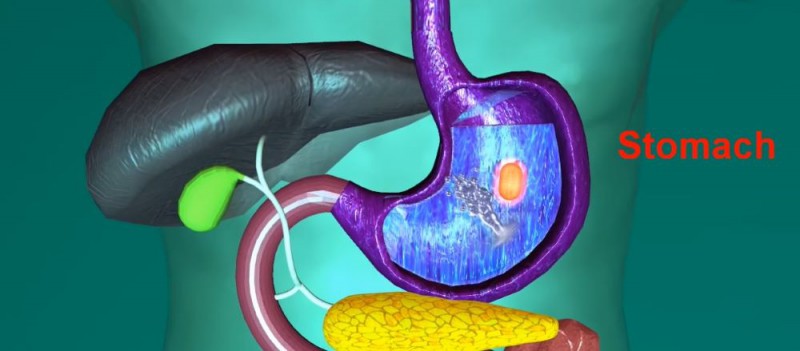 We are completely unaware that our body sustains such a strong acid (Photo: YouTube screenshot)
We are completely unaware that our body sustains such a strong acid (Photo: YouTube screenshot)Our body functions as a highly complex, almost perfect bio-machine. A lot of processes are going on without our awareness, and one of them is digesting food, no matter how strange it may be. Our stomach does it with the assistance of highly corrosive hydrochloric acid that has values of pH two to three. It also attacks the stomach lining, which must be protected by secreting an alkali bicarbonate solution.
Accordingly, the stomach lining must renew itself every four days because the acid is so corrosive and is replaced continually. We are completely unaware that acid strong enough to dissolve even stainless steel is circulating in our organism. Moreover, our stomach holds about seven ounces of stomach acid and bile. The average capacity of holding food is almost a quarter-gallon at the time if necessary. Usually, it takes about six hours to digest one meal.
8. Eiffel Tower Can Be Up to Six Inches Taller During The Summer
 Eiffel Tower - the symbol of France (Photo: Anthony DELANOIX/unsplash.com)
Eiffel Tower - the symbol of France (Photo: Anthony DELANOIX/unsplash.com)A phenomenon known as thermal expansion occurs when particles of heated substance take up a large volume. Yet, temperature drops have the opposite effect. An example of this is when mercury inside the thermometer rises and drops according to temperature change. Although this effect is most evident in gases and liquids, it occurs in solids as well. Ok, all this is a well-known scientific fact, but can you imagine that Eiffel Tower in Paris can be six inches higher during the summer? However strange this may sound, this is a fact too.
Millions of people visit Eiffel Tower over a year, completely unaware of this. Thus, large iron structures such as bridges are made with expansion joints that allow them to contract without damage. Architect and engineer of Eiffel Tower Gustave Eiffel put up more than 50 bridges across Europe before building it.
7. Fleas Are Faster Than Space Shuttle
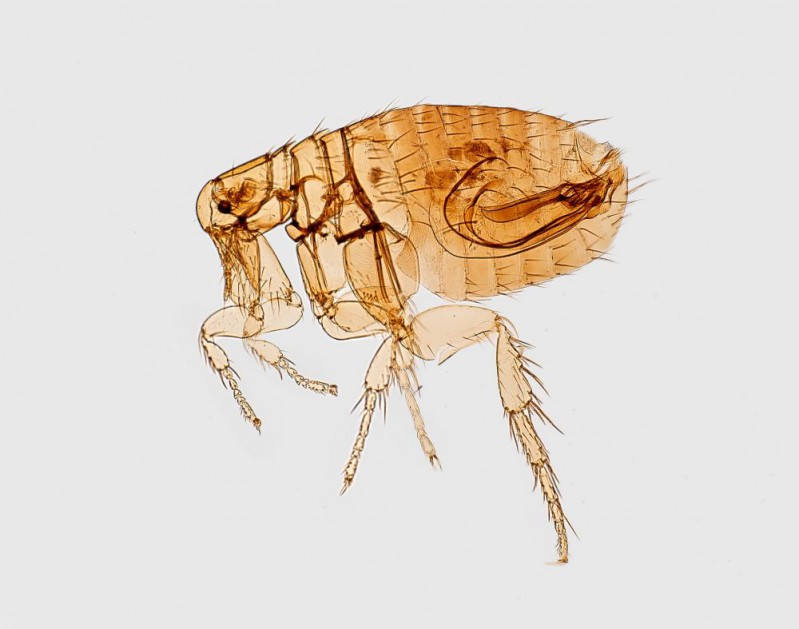 Fleas are really super fast (Photo: CDC/unsplash.com)
Fleas are really super fast (Photo: CDC/unsplash.com)Fleas demonstrate some rather remarkable athletic abilities as they can jump up to three inches in a millisecond. The equivalent of this would be a human jumping 300 feet! To better understand how this is even possible, scientists interested in biomechanics study this fascinating process with magnifying lenses and special high-speed cameras. The secret of such power lies in unique muscle protein, which allows fleas to store and release energy like a helix.
The definition of acceleration is determined as a rate of change of velocity. Usually, it's measured in 'g's. One g equals 32.2 feet per square second. During the acceleration, fleas reach 100 g, 20 times more than the Space Shuttle or Formula 1 car. So, these tiny insects accelerate faster than the Space Shuttle!
6. Diamond Rain
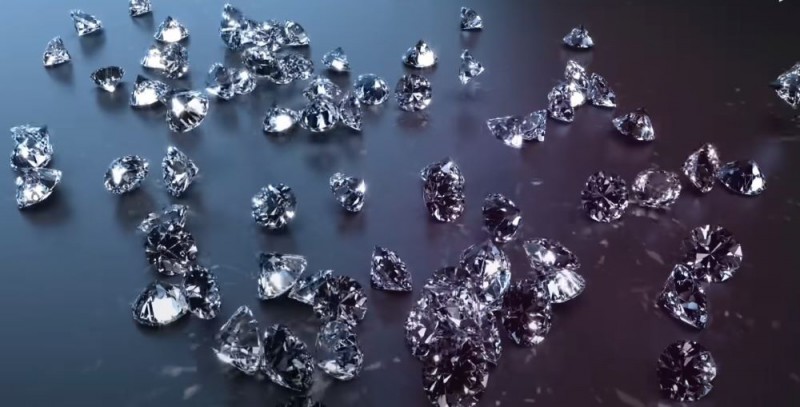 Imagine that spectacle if we could see a diamond rain (Photo: YouTube screenshot)
Imagine that spectacle if we could see a diamond rain (Photo: YouTube screenshot)With every day, more resources are committed to space exploration missions. They are the forerunner of future space colonization and potential exploitation of other planets. Even as they don't offer the most hospitable environment, planets in our solar system can significantly value humankind. The scientist managed to create the right conditions in the lab to mimic the process which is going on in the Uranus and Neptune atmosphere. Namely, extreme pressures of those planet's atmospheres can crystallize carbon atoms and turn them into diamonds.
Another group of US scientists calculated that 1.000 tonnes of diamonds rain on Saturn every year. Eventually, these diamond hailstones melt in a liquid sea of planets' hot core. Imagine if we could witness such events!
5. The Largest Living Organism On Earth
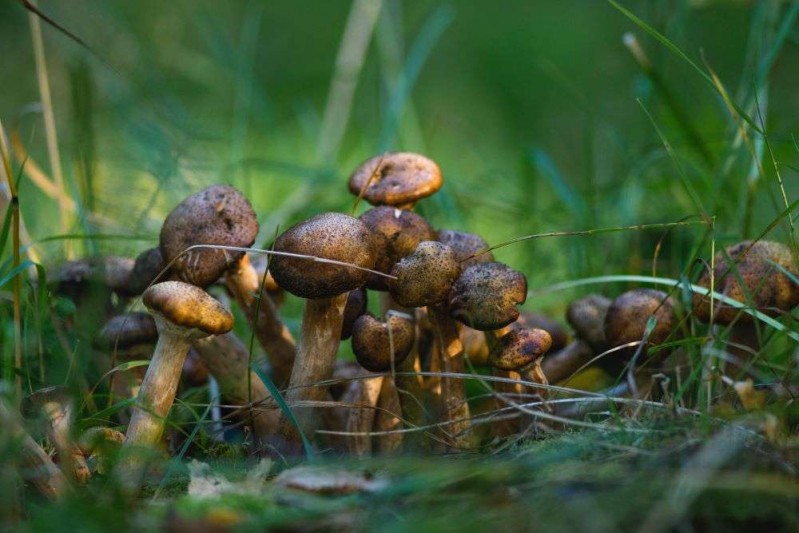 Armillaria solidipes - the largest living organism (Photo: Olli Kilpi/unsplash.com)
Armillaria solidipes - the largest living organism (Photo: Olli Kilpi/unsplash.com)In 1998, the U.S. Forest Service decided to find the cause of the sudden deaths of 112 trees at the Malheur National Forest. They conclude that trees have been infected with the fungus called Armillaria solidipes, also known as honey mushrooms. Armillaria solidipes are made up mostly of black lace-like rhizomorphs that spread out below the ground via underground networks called mycelia.
Furthermore, they come to the astonishing discovery that 61 trees had been killed by a single organism, one giant mushroom. They reckon that their tree killer is covering an area of 2,384 acres. According to the growth rate, it's estimated to be 2,400 years old. This extraordinary specimen is considered the largest living organism on Earth. Wow!
4. Lungs The Size of a Tennis Court
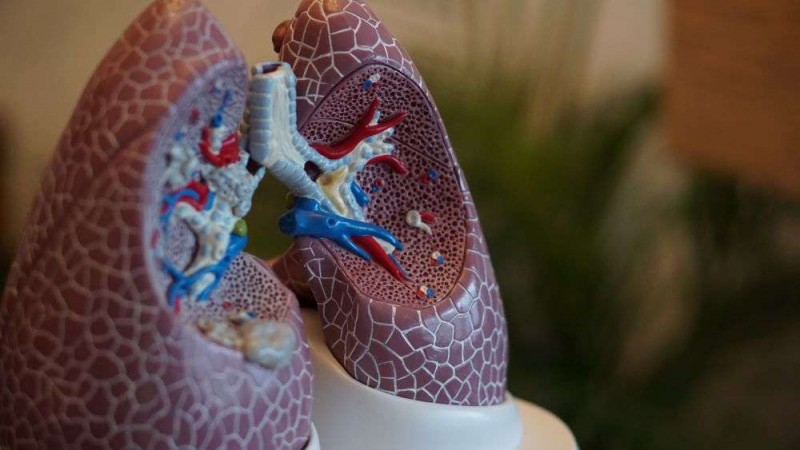 Our lungs could cover a tennis court if they were laid flat. (Photo: Robina Weermeijer/unsplash.com)
Our lungs could cover a tennis court if they were laid flat. (Photo: Robina Weermeijer/unsplash.com)Our lungs may seem relatively small, but that's because they are compacted to fit inside of our bodies. Lungs are among the largest organs as if laid flat, they would be 20 feet long. So our lungs would roughly cover the size of a tennis court, about 2.106 square feet! Well, let's see, an average person takes about 16 breaths every minute, and with all that air inhaled, our body actually uses only 5%. The rest is exhaled in a repeated process of breathing.
If measuring the length of the lung's airways, it would cover 1.500 miles. That's about the distance from Nevada to Chicago! Although we can't breathe underwater, a baby's lungs are actually filled with fluid at the time of birth. Such an amazing part of our body, isn't it?
3. Without Microbes, Earth Would Be Much Different
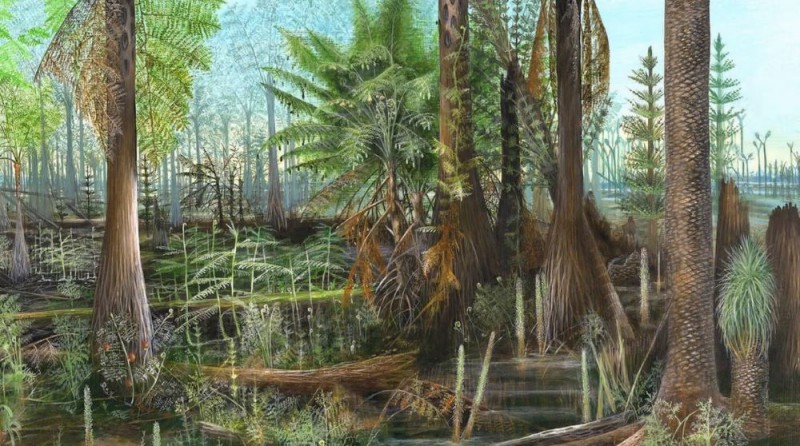 Microbes gave us life. (Photo: YouTube screenshot)
Microbes gave us life. (Photo: YouTube screenshot)Over 300 million years ago, Earth was a much different place. In that time of ancient forests, man would feel mouse-sized since some of those giant trees were 160 feet tall. On top of those pencil-thin giants sat a delicate fern-like canopy. Because of their shallow root system and enormous heights, they fell over quite easily.
Billions of trees were falling and remained like that because they lack one key ingredient to decompose - microbes. In other words, there was food to eat but no eaters to eat it. All that happened in one geological period called - Carboniferous period. Trees piled that way created about 90% of the coal we use today. If microbes were present back then, we would lack such a vital resource.
2. The Oldest Single Living Organism On Earth
 King's Holly survived the Earth's last ice age. (Photo: YouTube screenshot)
King's Holly survived the Earth's last ice age. (Photo: YouTube screenshot)Most plants reproduce either asexually or sexually, but King's Holly (Lomatia tasmanica) uses the cloning process. This fantastic plant drops a branch on the ground, developing a root system growing into a plant. The fascinating thing is that this organism can grow up to 26 feet tall. King's Holly has shiny green leaves and bears beautiful red flowers in the summer. Although it survived the Earth's last ice age, this shrub can't withstand diseases and is critically endangered.
Lomatia tasmanica is endemic to Tasmania, with only one cluster remaining well hidden in the secret Tasmania location. King's Holly is considered the oldest single living organism on Earth at nearly 43.000 years old. Let's hope we won't lose this green geriatric cloner.
1. Democracy Across Animal Kingdom
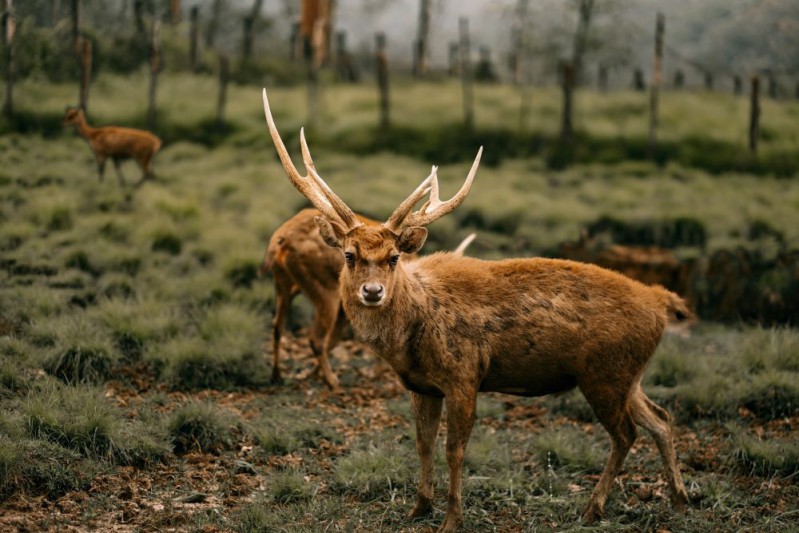 Red deers vote with their feet. (Photo: Hanny Naibaho/unsplash.com)
Red deers vote with their feet. (Photo: Hanny Naibaho/unsplash.com)Most species don't practice politics like humans, but our democratic roots exist across the animal kingdom. For example, red deers live in large herds, spending most of their time grazing or lying down to contemplate, unlike their druggy cousins. Scientists have noticed that herds only move when 60 percent of the adults stand up. Even if a dominant individual is more experienced, herds typically favor democratic decisions over autocratic ones. Essentially they vote with their feet.
The main reason for this is that groups are less impulsive and tend to produce fewer extreme choices. So democratic decisions are much safer and more beneficial for the herd, like for the people. Funny, it looks like we didn't invent democracy after all.
So, can you confirm the fact that science can be fascinating after reading our top ten list? If you've enjoyed it, check our Top 10 Facts About Time Delusions Which Will Blow Your Mind and leave us a comment below!
Image by Harish Sharma from Pixabay